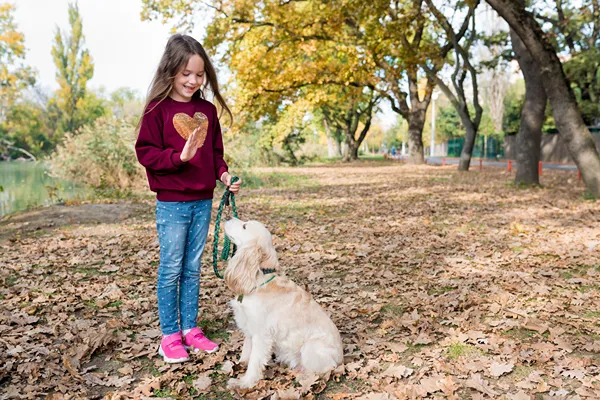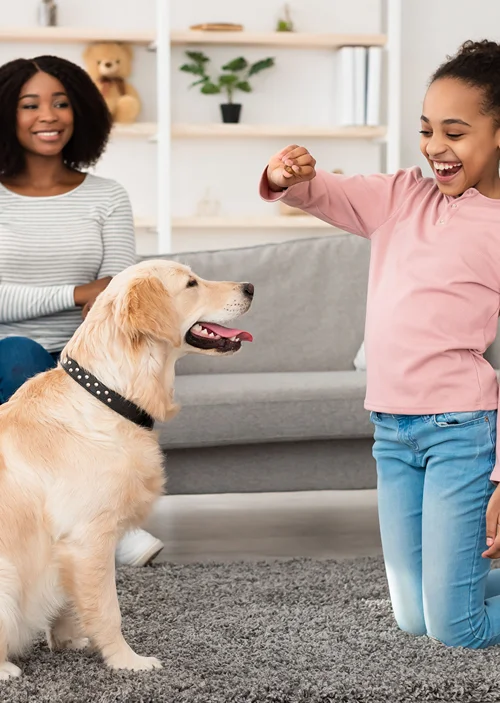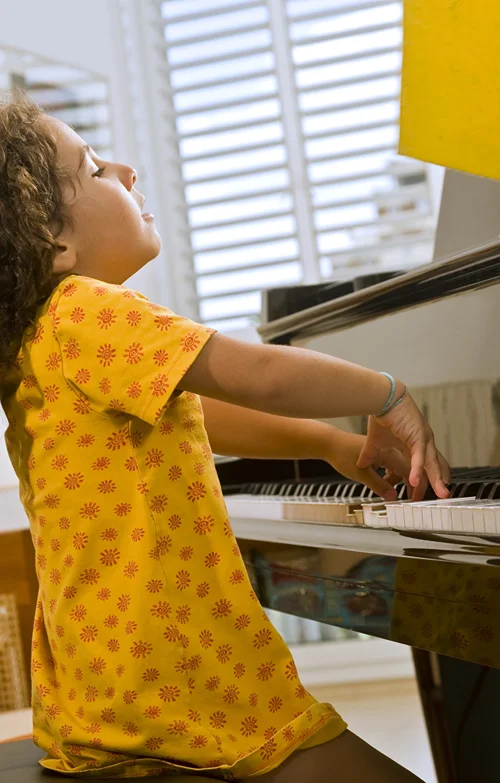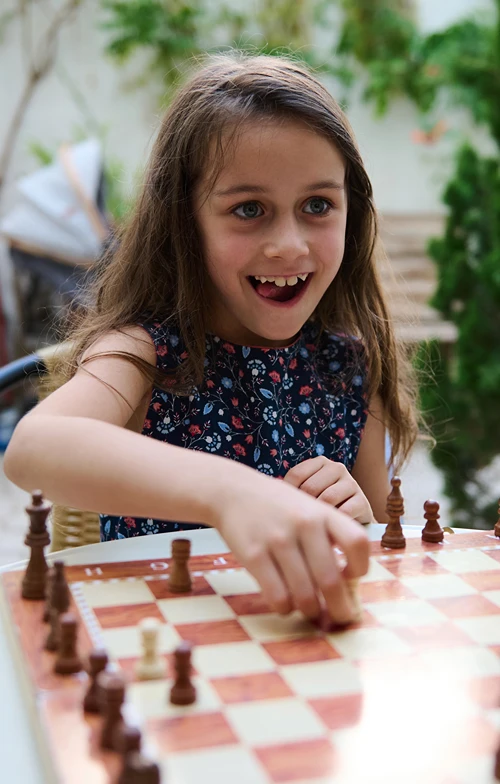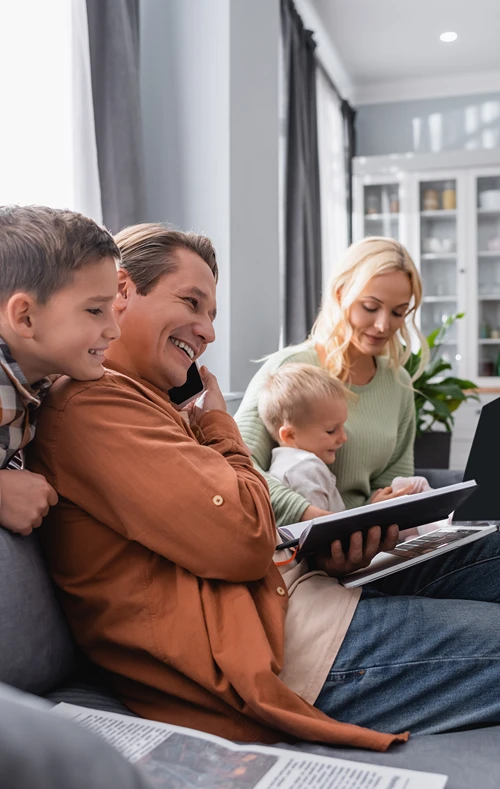The integration of artificial intelligence into family life represents a significant shift in how households function in the digital age. From AI-powered parenting tools that monitor children’s health to applications that help manage screen time, modern families have unprecedented technological assistance available.
When implemented thoughtfully, AI can serve as a bridge between generations, making parenting more insightful and engaging while creating more quality time for family connection.
Families who successfully integrate AI technologies establish clear boundaries and teach critical thinking skills alongside implementation. Smart homes, educational support systems, and communication tools powered by AI have transformed everyday routines while presenting new opportunities for family bonding.
Creating a Safe AI Environment in the Home
Introducing AI technologies into family spaces requires thoughtful implementation to protect privacy while maximizing benefits. Establishing appropriate boundaries and security measures helps families embrace smart technology confidently.
Choosing the Right AI Applications
Selecting appropriate AI applications forms the foundation of a safe smart home environment. Prioritize established companies with strong privacy commitments and transparent data practices.
Research each application before installation. Look for programs designed specifically for family environments that offer robust parental controls and educational components rather than purely entertainment functions.
Consider the practical value each technology brings to your household. The best AI for families enhances parenting and home management through meaningful assistance rather than novelty features.
Start with a limited number of applications and expand gradually. This approach allows for proper evaluation of each technology’s impact and integration before adding additional components to your smart home ecosystem.
Privacy and Data Security
Smart home devices constantly collect data, making privacy protection essential for family safety. Begin by understanding the privacy policies of all AI systems before bringing them into your home.
Use secure, unique passwords for each device and enable two-factor authentication whenever available. Many families benefit from creating a separate Wi-Fi network specifically for smart devices, isolating them from networks containing sensitive information.
Regularly review and delete stored data from voice assistants and other AI systems. Most platforms offer privacy dashboards where you can manage information collection settings.
Consider physical privacy measures too. Devices with cameras should include covers or be positioned thoughtfully. Some families implement “tech-free zones” in bedrooms or other private areas to maintain personal boundaries.
Implementing Parental Controls
Parental controls offer crucial protection when integrating AI technology into family environments. Most AI platforms provide robust family management features that can be customized according to children’s ages and maturity levels.
Set up individual profiles for each family member to ensure age-appropriate content and interactions. Voice assistants typically offer features to filter explicit content and restrict certain types of questions or requests.
Time limits represent another important control measure. Many smart home systems allow parents to schedule when devices are active or accessible to children, preventing unsupervised nighttime use.
Review interaction logs periodically to understand how children engage with AI systems. This practice helps identify potential concerns and creates opportunities for discussions about responsible technology use and critical thinking skills.
Practical Tips for Introducing Tech to Your Child
Introducing technology to children requires thoughtful planning and consistent supervision. Parents can establish healthy digital habits early by being intentional about when and how they introduce various devices and platforms.
The digital landscape constantly evolves, making it essential for parents to stay informed about the latest developments in children’s technology.
Start with clear boundaries:
- Set specific times for device use and create tech-free zones in the home
- Establish rules about which apps and websites are appropriate
- Use parental controls and monitoring software until children demonstrate responsibility
Engage with technology together:
- Be curious about their favorite apps and learn how they use them
- Schedule family tech time where parents and children explore new tools together
- Choose educational content that aligns with the child’s interests and developmental stage
Develop critical thinking skills:
Balance digital and physical activities:
- Prioritize in-person interactions and outdoor play
- Encourage creative hobbies that don’t involve screens
- Maintain healthy routines that include physical activity and face-to-face social time
Parents should model healthy technology use themselves. Children learn by example, making it important for adults to demonstrate the balance they hope their children will adopt.
Ethical Considerations and AI in the Family
Families incorporating AI technologies into their homes face several ethical dilemmas that require thoughtful navigation. As AI becomes more integrated into parenting practices, parents must consider both benefits and potential drawbacks.
Privacy concerns remain paramount when introducing smart devices that collect data about family members, especially children. Parents should regularly review privacy settings and understand what information is being gathered and stored.
Critical thinking skills may deteriorate if family members become overly dependent on AI for decision-making or problem-solving. Children need opportunities to develop these skills independently, even as AI offers convenient solutions.
The risk of plagiarism and academic dishonesty increases when students have access to AI writing tools. Parents should establish clear guidelines about appropriate use of AI for homework and school projects.
Benefits for aging family members include:
- Medication reminders
- Fall detection systems
- Companionship through interactive AI
- Enhanced independence and safety
AI’s impact on family communication deserves careful consideration. While AI can facilitate connections between distant family members, excessive reliance may reduce meaningful human interactions.
Setting healthy boundaries around AI usage helps preserve authentic family relationships. This includes designated device-free times and spaces within the home.
Parents should model responsible AI behavior for children, demonstrating both the utility of these technologies and appropriate limitations on their use.
Best Practices for Families Adopting AI
Introducing AI technology into family life requires thoughtful planning and clear boundaries. Parents should establish guidelines for AI use that enhance rather than replace human interactions within the household.
Setting clear boundaries for when and how AI tools are used helps maintain healthy family dynamics. This might include technology-free zones or designated times when AI devices are turned off.
Families benefit from creating supervised learning experiences with AI tools. Children should interact with AI devices under adult guidance, which helps demystify the technology while ensuring safe usage patterns.
Encouraging technology-free activities like outdoor play, family game nights, and meals without devices balances digital engagement with real-world connections. These tech breaks are essential for emotional development.
Parents should actively develop critical thinking skills in children by discussing how AI works and its limitations. Teaching children to question information from AI sources promotes digital literacy and analytical thinking.
Regular family discussions about AI experiences help everyone share concerns and positive outcomes. These conversations create opportunities to adjust household AI policies based on evolving family needs.
Consider using AI for positive functions like:
- Family scheduling and coordination
- Educational support for homework
- Safety monitoring against cyberbullying or online threats
Prioritize AI tools with robust privacy features and parental controls. Families should review privacy policies together and discuss the importance of data protection in age-appropriate ways.
AI for Family Entertainment and Learning
Families today are discovering that artificial intelligence presents fresh ways to learn and have fun together. By leveraging intuitive systems and LLM applications, you can seamlessly mix education with engaging, interactive activities at home. These AI tools adapt to various interests and skill levels, helping children explore new ideas and skills without feeling overwhelmed.
Educational AI Tools for Children and Teens
AI-powered educational platforms are revolutionizing how children learn by adapting to individual learning styles and paces. Applications like DuoLingo and Khan Academy use AI to personalize learning paths, making education more effective and engaging for young learners.
Language learning apps employ sophisticated AI to correct pronunciation and provide real-time feedback. These tools help children master new languages through interactive conversations rather than rote memorization.
For teens, AI-driven research assistants help develop critical thinking skills. These tools can summarize complex information and suggest reliable sources, teaching students how to evaluate information quality in the digital age.
Coding platforms with AI components guide children through programming concepts at their own pace. The AI provides hints when students get stuck, helping them develop problem-solving skills without becoming frustrated.
Integrating AI into Family Hobbies and Games
Generative AI offers creative outlets for families to explore together. Text-to-image tools like DALL-E and Midjourney can transform family storytelling sessions into visual adventures where children describe scenes that AI brings to life instantly.
Family game nights benefit from AI-enhanced board games that adapt difficulty levels based on players’ ages and abilities. This creates balanced competitions where everyone can participate equally regardless of age or experience.
Music creation apps powered by AI allow family members to compose songs together without formal musical training. These applications generate melodies based on simple inputs, opening creative opportunities for family expression.
Smart photography assistants enhance family outings by suggesting optimal shooting angles and automatically editing photos. Even amateur photographers can capture professional-quality family memories with AI assistance.
Nature exploration apps use image recognition to identify plants, animals, and stars during family hikes or backyard adventures. This transforms casual walks into educational experiences where children learn about their environment through interactive technology.
Personalizing User Experience with AI
AI technology excels at creating tailored experiences for each family member based on their unique preferences and needs. Personalization through AI can analyze data about family members’ habits, interests, and preferences to customize interactions and services.
Smart home systems equipped with AI can learn household routines and adjust lighting, temperature, and music based on who is present. These personalized environments create comfort without requiring manual adjustments each time.
Benefits for Different Family Members:
- Children: Customized educational content based on learning style
- Parents: Streamlined scheduling and personalized reminders
- Seniors: Adapted interfaces with larger text or voice commands
For aging family members, AI can enhance caregiving experiences by personalizing medication reminders and simplifying technology interfaces. This promotes independence while maintaining safety.
The morning routine demonstrates AI personalization effectively. When family members wake up, smart displays can show personalized information—weather reports for the outdoor enthusiast, traffic updates for commuters, or medication reminders for those who need them.
AI personalization cuts through digital noise to deliver relevant experiences at scale. Families can enjoy content recommendations that match their interests without wading through irrelevant suggestions.
When implementing personalized AI, families should establish privacy boundaries. Regular discussions about what data is collected and how it’s used helps maintain transparency while enjoying the benefits of personalization.
Encouraging Critical Thinking and Creativity
Fostering critical thinking skills in children is more important than ever. Parents should actively help children recognize biases in AI systems and teach them to question information presented by technology.
Balancing AI with Real-World Experiences: Families can encourage technology-free meals, outdoor play, and family game nights to create a healthy balance. These activities help children develop interpersonal skills that AI cannot replicate.
Strategies for Developing Critical Thinking:
- Ask open-ended questions about AI-generated content
- Compare multiple AI outputs on the same topic
- Discuss potential biases or limitations in AI responses
- Encourage children to verify information from multiple sources
Parents should address ethical concerns like plagiarism and cheating when using AI tools for schoolwork. Children need to understand the difference between using AI as a learning aid versus using it to avoid thinking.
The gardening approach to parenting in the AI era creates safe, rich environments where creativity can flourish. This method nurtures resilience and independent thinking.
Smart toys and AI-powered games can actually stimulate creativity when used thoughtfully. Parents should select applications that require active participation rather than passive consumption.
Families who stay informed and involved in their children’s AI interactions create opportunities for meaningful discussions about technology’s role in society.
AI for Managing Household Chores and Efficiency
AI technology is transforming how families handle household management, offering innovative solutions to streamline daily tasks. Modern smart home systems can now coordinate everything from cleaning schedules to optimizing energy usage throughout the home.
AI-powered home robots are increasingly becoming reliable assistants for domestic chores, turning homes into more efficient living spaces. These devices can autonomously vacuum floors, mop surfaces, and even assist with basic organizing tasks.
Family-oriented applications like Tody help manage household chores by assigning tasks, setting reminders, and adding gamification elements to engage children. This technological approach transforms mundane responsibilities into more structured and potentially rewarding activities.
Key Benefits of AI for Household Management:
- Automated scheduling and reminders for recurring tasks
- Efficient resource allocation for cleaning and maintenance
- Reduced time spent on repetitive chores
- Equitable distribution of household responsibilities
The integration of AI into household management delivers numerous advantages beyond simply completing tasks. Families report increased quality time together as AI handles time-consuming chores.
Smart home systems with AI capabilities can monitor and adjust energy consumption patterns, leading to greater energy efficiency and reduced utility costs. These systems learn from family behaviors to optimize heating, cooling, and lighting throughout the home.
AI solutions for family chores continue to evolve, making household tasks less stressful and more efficient. The technology adapts to each family’s unique routines and preferences, providing customized assistance.
Communicating with AI: Smart Speakers and Chatbots
Smart speakers and AI chatbots have revolutionized family communication, offering convenient ways to connect and share information. These technologies are becoming integral parts of household dynamics, with devices like Amazon Alexa and Google Assistant serving as digital assistants that respond to voice commands.
Family members can use smart speakers to broadcast messages throughout the home, eliminating the need to shout between rooms. This feature proves especially useful in larger households where communication across distances can be challenging.
AI chatbots provide personalized support for families, offering emotional resources and parenting tips for managing stress and daily challenges. They can answer questions, set reminders for family events, and help coordinate schedules.
AI-powered devices simplify daily routines while facilitating better family communication. Their intuitive interfaces make them accessible to family members of all ages, including children and older adults who might struggle with other technologies.
When integrating these technologies into family life, it’s important to establish clear boundaries. Parents should:
- Set specific times for AI device usage
- Create “tech-free zones” in certain areas of the home
- Regularly review privacy settings on all devices
- Monitor interactions between children and AI systems
AI can enhance communication and promote family cohesion, but families should remain mindful of potential privacy concerns and dependency issues.
Conclusion
Integrating AI technology into family life presents both exciting opportunities and important considerations. Families can benefit from AI’s ability to streamline household management and enhance communication while maintaining thoughtful boundaries around its use.
However, as AI capabilities expand, families should regularly reassess their technology boundaries. This ongoing evaluation process helps maintain a healthy relationship with AI tools as they become increasingly sophisticated.
With mindful implementation, AI can become a valuable partner in family life rather than a distraction from it.
